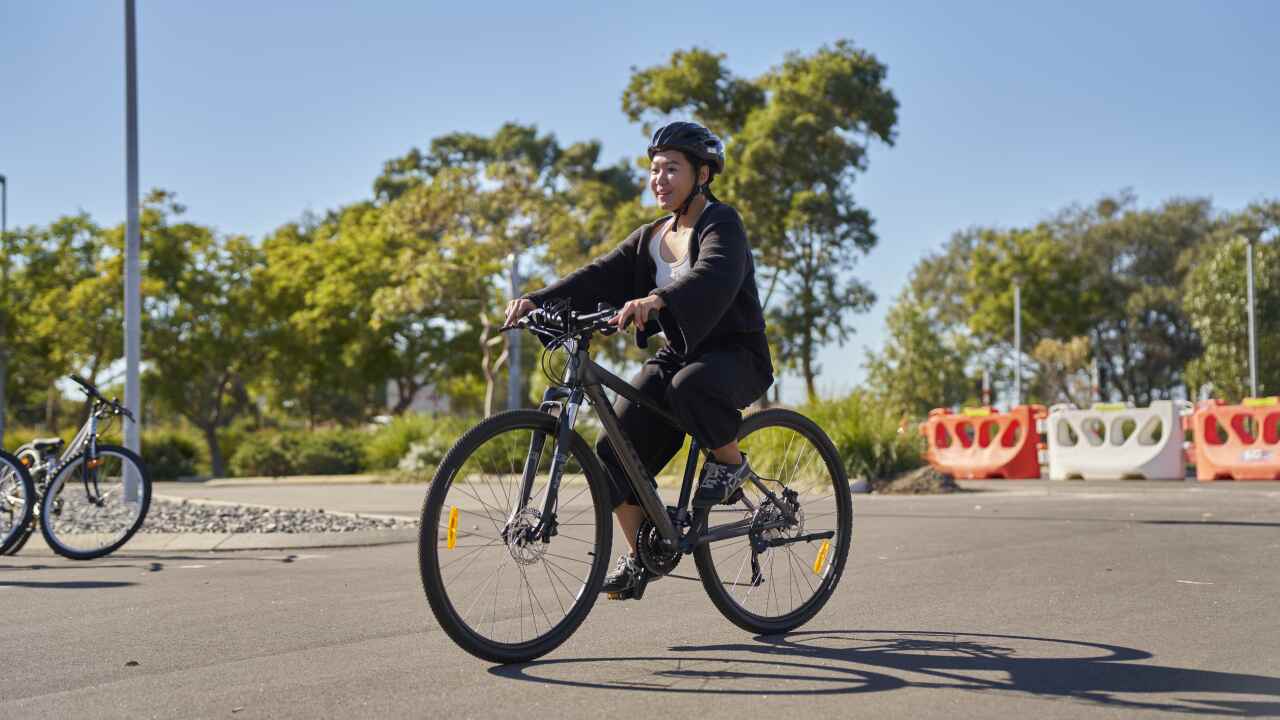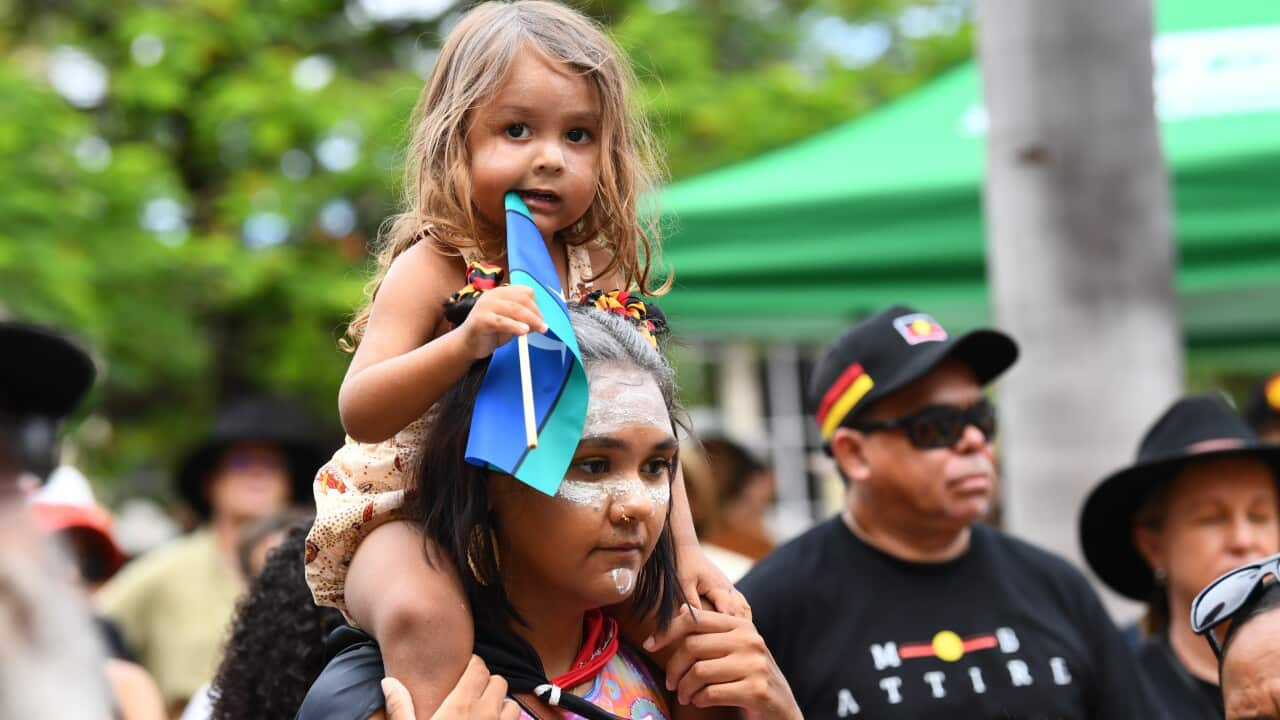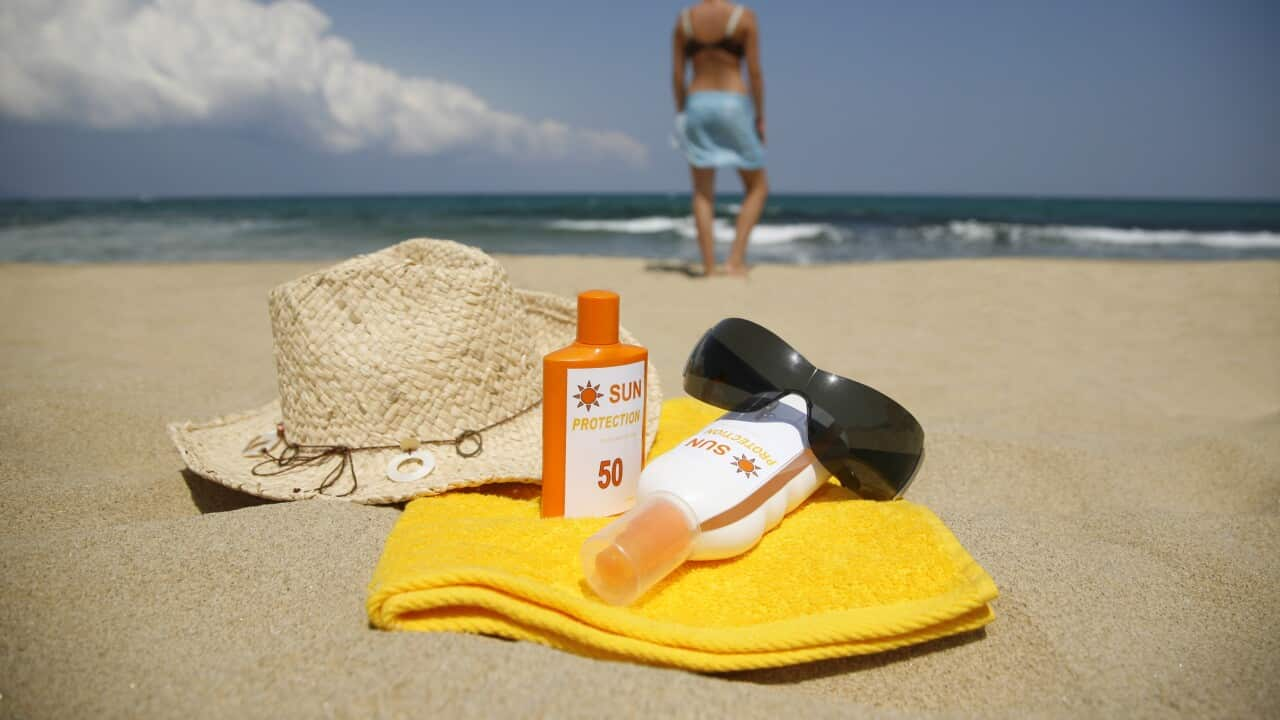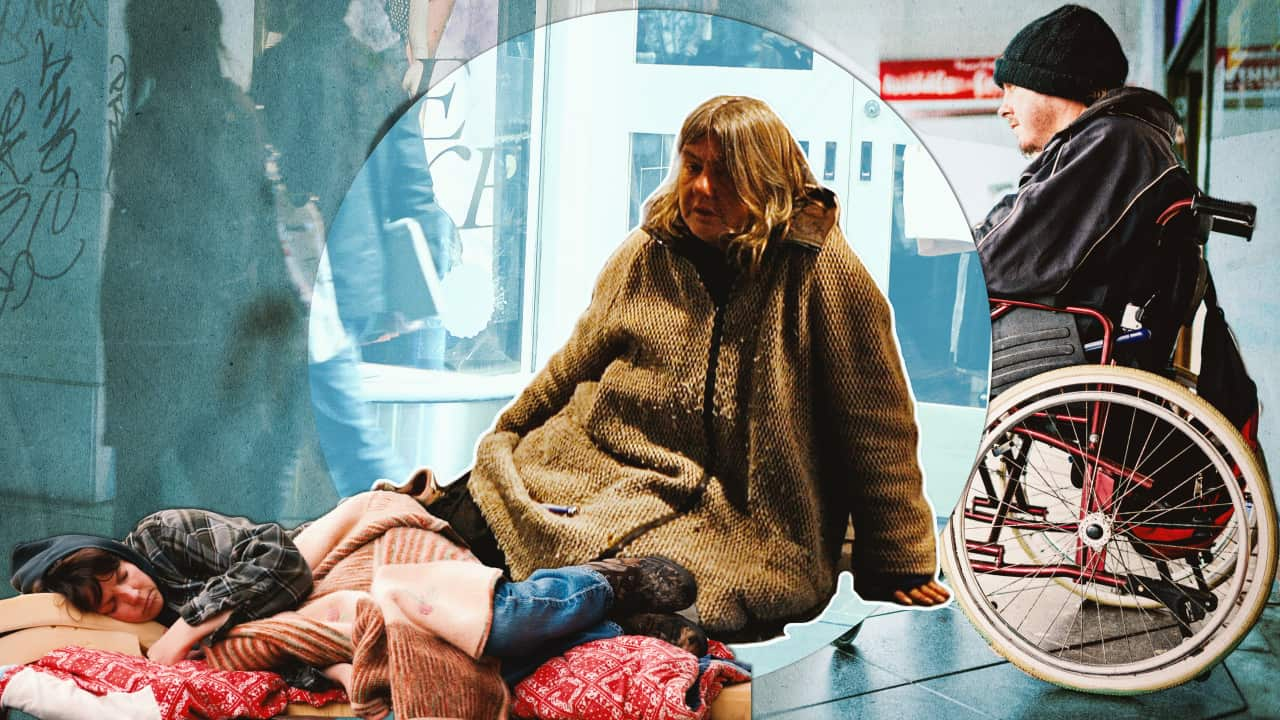Key Points
- Driver licences are legal permits to operate motor vehicles in Australia.
- Australian states and territories determine how to obtain a driver’s licence, so rules vary depending on jurisdiction.
- Before a driver is fully licensed, they need to pass several assessments.
- Migrants may be eligible to convert their overseas licence to an Australian one through a shortened process, depending on their circumstances.
A driver’s licence is the official permit that allows the holder to legally drive a motor vehicle.
In Australia, there are many stages to getting a licence, through a graduated system. Different procedures apply depending on the size and type of vehicle you wish to drive.
Rules also differ between states and territories. However, there are many similarities across jurisdictions.
The first step is to learn the road rules. Then, you can apply to take the tests to obtain a learner's driving licence, commonly called ‘Ls’. The ‘L’ licence allows you to practice driving a vehicle while supervised.
“In New South Wales, the minimum age for getting a learner licence is 16 years old. You also need to pass an eyesight test and a knowledge test. Our knowledge test is about having awareness of the road rules, so that you can stay safe on the roads,” Louise Higgins Whitton, NSW Transport Director of Road Safety Strategy and Policy, explains.

Expert driving instructors are specially trained to teach learner drivers in a stress-free environment, L Trent's Frank Tumino says. Source: Getty / Getty Images
While on your Ls, you must ensure:
- You always have a fully licensed driver sitting next to you and supervising you while in the vehicle
- You display an ‘L’ plate on the outside of your vehicle
- No drinking of alcohol or taking of drugs before you drive
- You must adhere to specific speed limits, and
- Mobile phone use is also banned.
MORE FROM THE SETTLEMENT GUIDE

What happens when your child turns 18 in Australia?
Advancing to a Provisional or Probationary Licence
Learner drivers must stay on their Ls for a specified period, depending on their age.
Before they can drive alone, they must pass a practical driving test to get a ‘Provisional’ or ‘Probationary’ licence, also known as ‘Ps’.
Frank Tumino, Master Driving Trainer with L Trent, Australia’s largest driving school, recommends enlisting professional help, as well as the help of family and friends, to support learner drivers to pass their tests.
“You can buy some driving lessons and make sure that a professional trainer takes you through the most important aspects of building a solid foundation, learning the correct driving techniques and building on that foundation,” Mr Tumino said.

The Australian graduated licensing scheme ensures novice drivers slowly build up their driving and road safety skills before they are fully licensed. Source: Getty
Licence conversions for migrants
Migrants with overseas licences must convert their licences to Australian ones to drive legally.
Ms Whitton says the process differs depending on a list of factors.
“The steps you need to take will depend on the country that you've come from, where your licence was issued, how long you’ve held it for, and what the licensing system is like where you've come from,” she said.
If you come from a country where the licensing system is very different, you’ll often be required to do additional tests and those tests may vary depending on which country you've come from and which type of licence you’ll be moving to.Louise Higgins Whitton
In some cases, if you hold a valid overseas licence you wish to convert to a full Australian licence, you will only have one chance to pass the practical driving test. If you fail, you will be issued an L licence.
Mr Tumino said people who learned how to drive in other countries may need special coaching to pass the tests.
“With the migrants, we have a different scope in the lesson where we need to be teaching a lot more of the road rules. We need to be focused on breaking some of the habits that they may have developed overseas. The very fact that we're driving on the left side of the road is a major challenge in this country,” he said.

Migrants from countries with similar licensing systems to Australia can easily convert their driving permits. Those who hold overseas licences from less regulated countries may need to undergo further examinations. Credit: Deepak Sethi/Getty Images
Before you can advance to the full licence, you may also need to pass a hazards' perceptions test to prove you recognise potential dangers.
Although some restrictions ease once you’re a fully licensed driver, you still must follow all road rules.
Infringements may lead to big fines, licence suspension or cancellation.
“We are a very heavily regulated country. There are heavy penalties for speeding, for driving under the influence,” Mr Tumino warned.

Police in Australia conduct frequent roadside breath tests to ensure drivers are not intoxicated. Heavy fines apply for those who flout road rules. Credit: wikimedia commons
Specialised driving programs for refugees and migrants
Several community and settlement services organisations across Australia offer free or low-cost driving programs specially designed for refugees and migrants.
The Great Lakes Agency for Peace and Development (GLAPD) is one of the many grassroots organisations that runs a support program for learner drivers from culturally and linguistically diverse backgrounds.
GLAPD Executive Manager, Emmanuel Musoni, said they started running the program, which helps learner drivers pass their practical tests, after they identified that many new and single migrant mothers were dependant on others for transportation.
The organisation engaged a driving instructor from within the migrant community for best results.
“Some come completely non-knowledgeable of how even to hold a steering wheel. So, the driver starts with them to teach them driving from that point to the point of getting the licence,” he said.

Being a fully licensed driver offers independence and opens up job prospects. Credit: Narong Jongsirikul / EyeEm/Getty Images/EyeEm
Ms Nyantabara said she had never driven in her home country of Congo and was very frightened to get behind the wheel.
She decided to learn how to drive as using public transport for work and errands was time-consuming. With a toddler in tow, she said getting prams on buses was cumbersome.
Although she had taken professional driving lessons and was coached by friends, she failed her practical driving tests twice – until she took driving lessons with GLAPD.
She credits her success to having the same cultural background as her instructor, who helped build her confidence.
“I was able to understand what he was saying more. And the second thing is … he’s got quite good experience,” she said.
She said obtaining her licence had changed her life and her son’s.
Now I can go wherever I have to go ... Before it was so hard, but now I have my own car. It’s very easy to get to work, it’s very easy to take my son out. It makes life easy, especially for a woman who has kids.Micheline Nyantabara
Ms Nyantabara encouraged other women to overcome their fear of driving, as the reward was transformative.
“It’s going to be quite scary, but when you are successful, when you get your licence, you don’t think about what happened before, because that changed your life,” Ms Nyantabara said.





